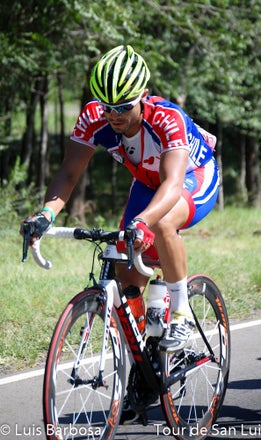I have ridden short cranks for the past fifteen years. I first started playing with crank lengths as a mountain unicyclist because it was the only way to change leverage ratios other than changing wheel size.
On muni I rode crank lengths ranging from 75mm to 180mm, ultimately settling on 150mm cranks.
Fast forward a few years, I went back to riding bikes and I carried on with the short crank mentality, running 160-165mm cranks on all my bikes and tandems.
After building up a full suspension single speed, I decided to make a crank length change, going from RF 165mm to Trailcraft 152mm cranks.
I’m a few weeks into the change and so far I have felt no loss of power, in reality, I feel like I’m riding faster and my pedal turnover feels quicker.
I doubt I’d ever go shorter, having played with crank lengths for years while riding muni, I found then as I find now, that the ideal crank length is ~150mm.
![Image]()
On muni I rode crank lengths ranging from 75mm to 180mm, ultimately settling on 150mm cranks.
Fast forward a few years, I went back to riding bikes and I carried on with the short crank mentality, running 160-165mm cranks on all my bikes and tandems.
After building up a full suspension single speed, I decided to make a crank length change, going from RF 165mm to Trailcraft 152mm cranks.
I’m a few weeks into the change and so far I have felt no loss of power, in reality, I feel like I’m riding faster and my pedal turnover feels quicker.
I doubt I’d ever go shorter, having played with crank lengths for years while riding muni, I found then as I find now, that the ideal crank length is ~150mm.





